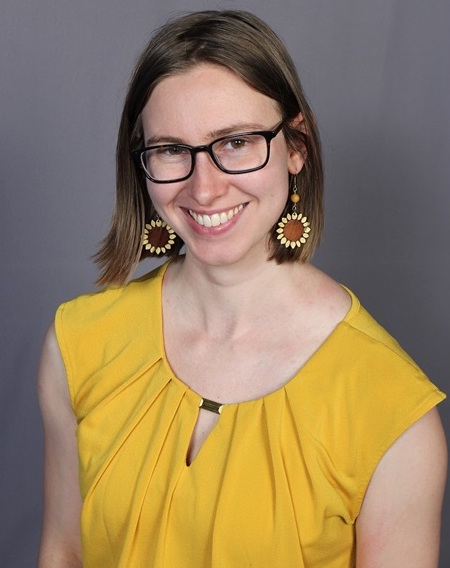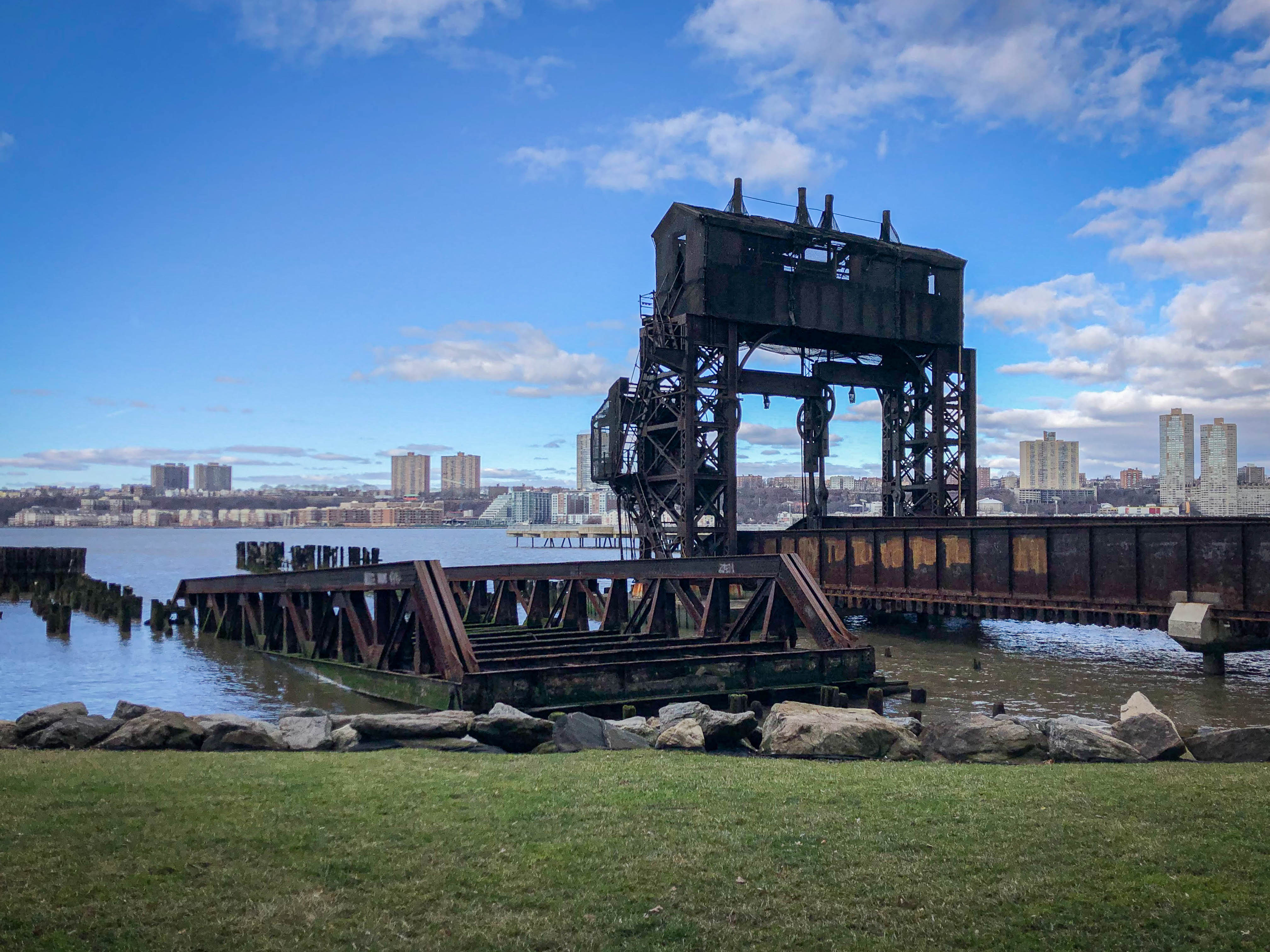Danielle Haas Freeman
Environmental Chemist
Ph.D. Candidate in Chemical Oceanography
MIT-WHOI Joint Program

What is this website about?
I’m a Ph.D. candidate in the MIT-WHOI Joint Program in Chemical Oceanography, where I work in Dr. Collin Ward’s lab at the Woods Hole Oceanographic Institution. I research how sunlight impacts the behavior and effects of oil after oil spills at sea. The goal of this research is to better understand where oil goes and how it affects the environment in the aftermath of a spill using lab-based experiments. The results of my experiments are shared with the scientific community to help oil spill responders make informed decisions about how to best clean up the oil in an emergency situation.
Beyond oil spills, I am interested in investigating how many types of organic (carbon-containing) chemicals behave in the environment—particularly in the ocean. I seek to understand the processes and transformations impacting these molecules using the tools of basic chemistry. I and researchers like me call ourselves “environmental chemists.”
Environmental chemistry research is complicated because the chemicals we study are exposed to environments that have lots of moving parts. In the ocean, for example, we have to take into account the influence of currents that move our molecules around, sea life that might eat our molecules, evaporation that might transfer our molecules into the atmosphere, sunlight that causes chemical transformations, and more.
Why would environmental chemists want to spend our time chasing down tiny molecules in these large and complex environmental systems? In fact, those tiny molecules can have major impacts on our lives, our health, and the health of the environment. Environmental chemistry research addresses a wide range of environmental problems, from drinking water quality (think Flint, Michigan), to smog formation over cities, to the detection of endocrine-disrupting compounds in lakes and rivers. As environmental chemists, our job is kind of like being a chemical detective. We want to figure out where these chemicals come from and identify or explain situations in which they might cause harm.
One of my goals as an environmental chemist is to make my science accessible to both other scientists and the general public. This website provides information about my research and other professional activities in plain language. You can find my CV, publications list, and descriptions of my research activities, but also a blog about my experiences in graduate school, a page on my non-research activities, and a page on resources where you can learn more about environmental chemistry. Because science does not happen in a vacuum, my blog talks about scientific research, but also includes musings about how the mindset of environmental chemistry—the principles of the scientific method, of observation and questioning, of connectivity—provides insight into everyday life, making connections to literature and art. I hope that these musings encourage scientists and nonscientists alike to think about the non-human world in new ways.
A disclaimer: Any opinions expressed on this site are my own, not those of the Woods Hole Oceanographic Institution or MIT.
Contact Information
dfreeman@whoi.edu
Education
A.B.: Chemistry, Hispanic Studies. 2017. Bowdoin College.
Biography
I grew up in New York City, in a community of artists, actors, dancers, and jazz musicians. My first exposures to environmental science came through local community organizations at community gardens, parks, and the Hudson River. I moved away from New York for school, attending Bowdoin College in Brunswick, ME, where I completed undergraduate research on the interactions between emerging contaminants and soils. I graduated in 2017 with a double major in Chemistry and Hispanic studies, then worked for two years as a full-time lab instructor for Bowdoin College, where I taught lab sessions for general, organic, and analytical chemistry. Since 2019, I have been a student at the MIT-WHOI Joint Program in Chemical Oceanography, where I work with Dr. Collin Ward studying the chemical reactions that occur when organic molecules are exposed to sunlight in the marine environment.

The picture above shows an obsolete elevator on the West Side of Manhattan that was once used to offload cargo from Hudson River ships into train cars on a now nonexistent elevated rail line. I grew up close by, with the Hudson River Estuary visible from my bedroom window. Scenes like this, of an industrial human construction decaying into the river, were fascinating demonstrations of the entanglement between human and natural systems. This fascination inspired my initial interest in environmental chemistry.
Photo edited by Karen Chan.